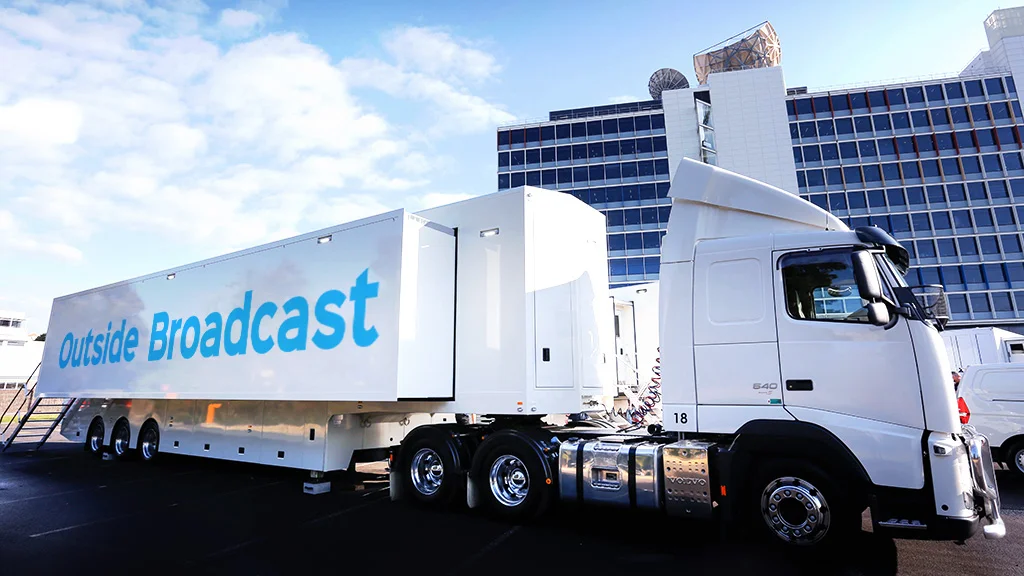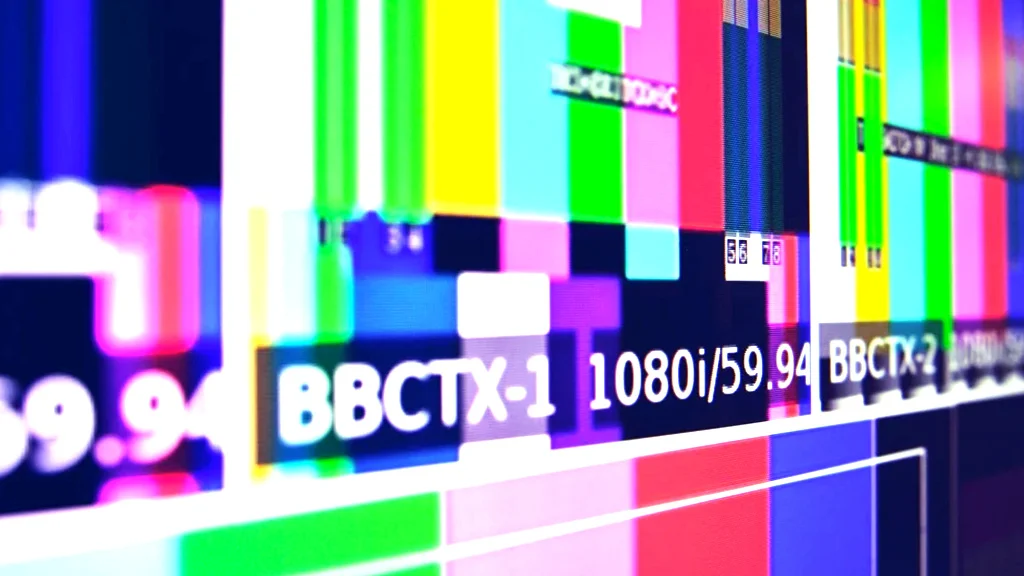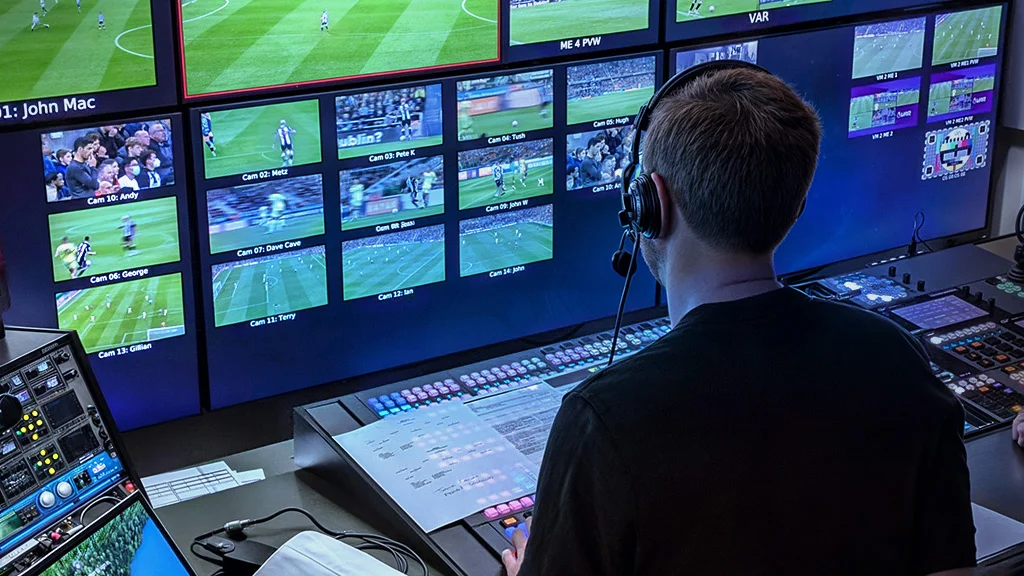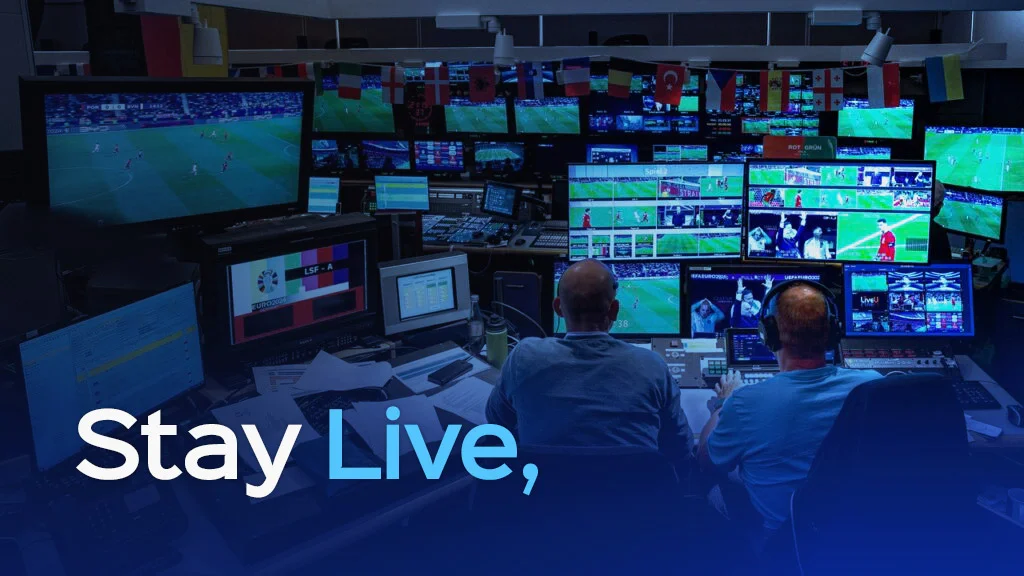
- Article
Stay Live, the Critical Role of Broadcast Reliability
In an era where information flows at breakneck speed and audiences demand instant access to content, the reliability of broadcast services is paramount. From breaking news to live sports and entertainment events, the expectation for seamless transmission has never been higher. Viewers rely on broadcasters not just for entertainment, but for crucial information that can affect their daily lives.
Broadcast reliability encompasses the technology, live broadcast infrastructure and production, and strategies that ensure content is delivered consistently and without interruption. This reliability builds trust with audiences, fostering a loyal viewer base essential for the success of any media organization.
However, the path to maintaining this reliability is fraught with challenges, including technical failures, network issues, and external disruptions. Embracing innovations such as cloud services, artificial intelligence, and robust infrastructure can help mitigate risks and enhance service delivery.
Brief Overview and Importance of Reliability in Modern Media
Here are several key reasons why reliability is critically important:
1. Audience Trust and Loyalty
Consistency Matters: Viewers expect dependable access to content. Regular interruptions can erode trust, leading audiences to seek alternatives.
Brand Reputation: Reliable broadcasts enhance a brand’s reputation, establishing it as a credible source of information and entertainment.
2. Real-Time Information Delivery
Breaking News: In emergencies, timely updates can save lives. Reliable broadcast services ensure that critical information reaches the public quickly and accurately.
Live Events: Events like sports games and concerts require uninterrupted transmission to keep audiences engaged. But, any disruption can lead to viewer dissatisfaction. For this reason, a slight in the live broadcast delay (about 5 seconds) is necessary.
3. Competitive Advantage
Market Differentiation: In a crowded media landscape, reliability can set a broadcaster apart from competitors. Consistent performance attracts and retains viewers.
Advertising Revenue: Advertisers prefer platforms with reliable viewership, as it maximizes the impact of their campaigns.
4. Technological Integration
Seamless User Experience: As media consumption increasingly shifts to digital platforms, reliable streaming services are essential for delivering a smooth user experience.
Adaptive Technologies: Reliable systems can better integrate emerging technologies, such as augmented reality and interactive content, enhancing viewer engagement.
5. Crisis Management
Preparedness: A reliable broadcasting setup includes contingency plans for emergencies, ensuring that audiences receive critical updates during crises.
Public Safety: Reliable media can play a crucial role in disseminating information that affects public safety, especially during natural disasters or major incidents.
6. Global Reach
Cross-Border Broadcasting: As media becomes increasingly global, reliable transmission is vital for reaching international audiences. Any inconsistency can affect viewership in diverse markets.
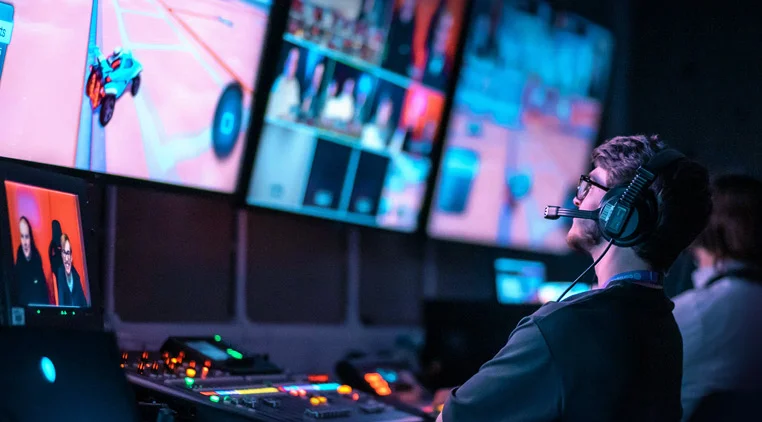
Key technologies ensuring broadcast reliability
Ensuring broadcast reliability involves a combination of advanced technologies and strategic practices. Here are some of the key technologies that play a crucial role in maintaining signal integrity and overall broadcast reliability:
1. Signal Integrity Technologies
Error Correction Codes (ECC): These algorithms detect and correct errors in data transmission, ensuring that the received signal closely matches the original.
Modulation Techniques: Advanced modulation schemes, such as QAM (Quadrature Amplitude Modulation), enhance the robustness of signals against interference and noise.
Signal Boosters and Repeaters: These devices amplify signals to maintain quality over long distances, which is vital for both terrestrial and satellite broadcasts.
2. Redundant broadcasting system
Backup Transmission Paths: Establishing multiple transmission routes (e.g., using different satellites or fiber optics) ensures that if one path fails, another can take over without interruption.
Dual Equipment: Utilizing duplicate equipment (e.g., servers, transmitters) guarantees that if one device malfunctions, the backup can seamlessly take its place.
Load Balancing: Distributing the broadcast load across multiple servers or systems can prevent overload and maintain service during high-demand periods.
3. Regular Monitoring and Maintenance
Real-Time Monitoring Systems: These systems continuously track broadcast performance, identifying issues such as signal degradation or equipment failure before they escalate.
Automated Alerts: Implementing alert systems that notify technical teams of potential issues allows for prompt intervention, minimizing downtime.
Routine Maintenance Protocols: Regular inspections and updates of equipment help prevent unexpected failures and keep systems running optimally.
Read also :
4. Cloud-Based Solutions
Cloud Broadcasting: Leveraging cloud infrastructure for content delivery can enhance reliability through scalability and flexibility, allowing for quick adjustments in response to demand.
Disaster Recovery Solutions: Cloud-based backups ensure that content is preserved and can be quickly restored in the event of a system failure.
5. Network Infrastructure
5G and High-Speed Internet: The rollout of 5G technology offers lower latency and higher bandwidth, significantly improving the reliability of live broadcasts and streaming services.
Content Delivery Networks (CDNs): CDNs distribute content across multiple servers globally, ensuring faster delivery and reducing the risk of overload on a single server.
6. Cybersecurity Measures
Firewalls and Encryption: Protecting broadcast systems from cyber threats is essential for maintaining reliability. Robust security measures prevent unauthorized access and ensure data integrity.
DDoS Mitigation Tools: Implementing tools that detect and mitigate Distributed Denial of Service (DDoS) attacks can help maintain service availability during malicious attempts to disrupt broadcasts.
By integrating these key technologies, broadcasters can enhance their reliability, ensuring that content is delivered consistently and without interruption. In a competitive media landscape, these advancements not only protect against potential failures but also contribute to a better overall experience for viewers.
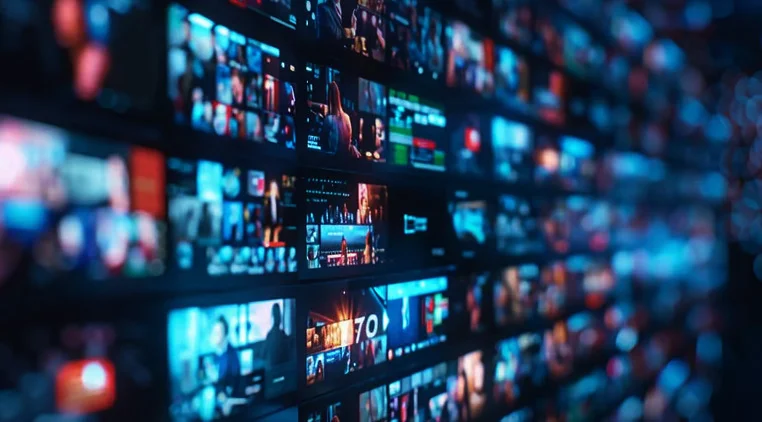
Challenges to Reliability in broadcasting
Broadcasting, while essential for communication and entertainment, faces several significant challenges that can undermine reliability. Understanding these challenges is crucial for broadcasters looking to maintain consistent service. Here are some of the primary issues:
1. Technical Failures
Equipment Malfunctions: Outdated or faulty hardware can lead to unexpected failures, causing disruptions in transmission.
Software Bugs: Issues in broadcasting software can result in crashes or glitches, affecting the quality of the broadcast.
2. Network Issues
Bandwidth Limitations: Insufficient bandwidth, especially during peak times, can lead to buffering or reduced quality in streaming services.
Connectivity Problems: Reliance on complex networks means that any disruption—due to maintenance, outages, or infrastructure damage—can impact broadcast reliability.
3. External Factors
Weather Conditions: Severe weather, such as storms or heavy snow, can disrupt satellite signals or damage transmission equipment.
Natural Disasters: Earthquakes, floods, or other disasters can damage infrastructure, leading to prolonged outages.
4. Cybersecurity Threats
Cyber Attacks: Broadcasters are increasingly targeted by cybercriminals. DDoS attacks or ransomware threats can incapacitate broadcasting operations.
Data Breaches: Unauthorized access to systems can compromise sensitive information and disrupt services.
5. Regulatory and Compliance Issues
Changing Regulations: Compliance with evolving broadcasting laws and regulations can complicate operations and lead to service interruptions if not adhered to.
Licensing Issues: Problems with content licensing can prevent broadcasts from airing as scheduled, affecting reliability.
6. Human Factors
Operator Error: Mistakes made by staff during live broadcasts can lead to technical glitches or content interruptions.
Training Gaps: Insufficient training for personnel on new technologies can result in mishandling of equipment or software.
7. Content Management Challenges
Content Delivery Issues: Problems with content delivery systems can affect the timely airing of scheduled programming.
Quality Control: Ensuring consistent quality across various types of content can be difficult, especially with a diverse range of programming.
Conclusion
The challenges to reliability in broadcasting are multifaceted, involving technical, environmental, and human factors. By understanding these challenges, broadcasters can develop strategies and systems to mitigate risks, ensuring that they continue to deliver high-quality, uninterrupted content to their audiences. Addressing these issues proactively is essential for maintaining viewer trust and satisfaction in an increasingly competitive media landscape.
